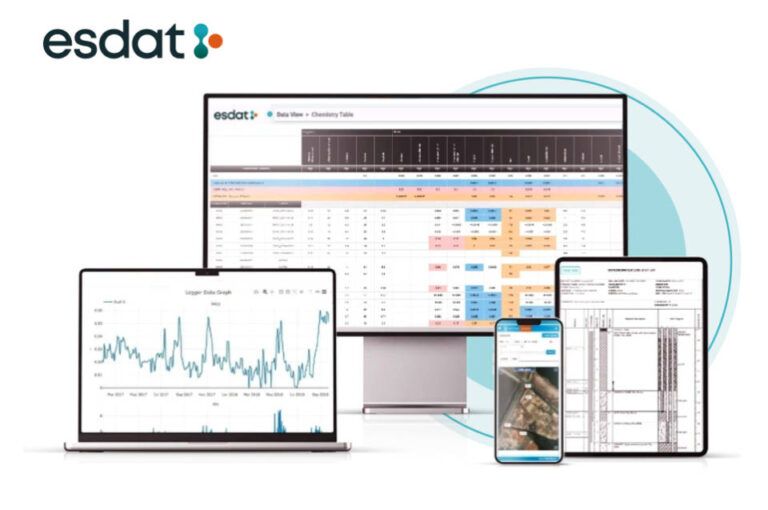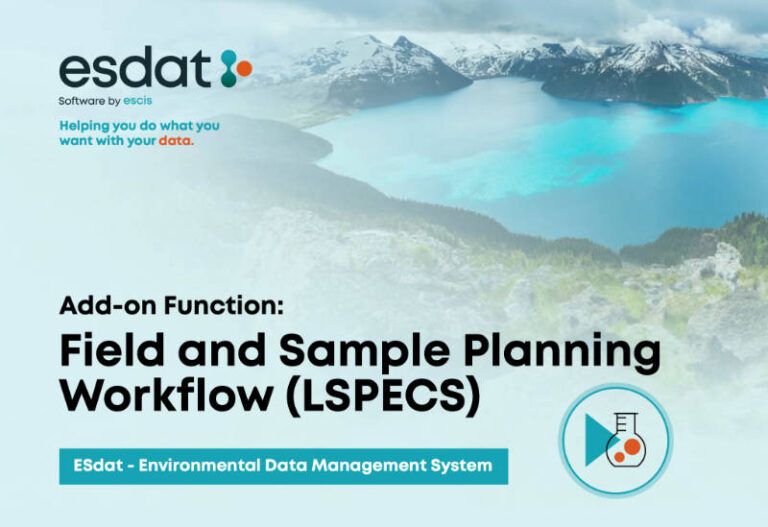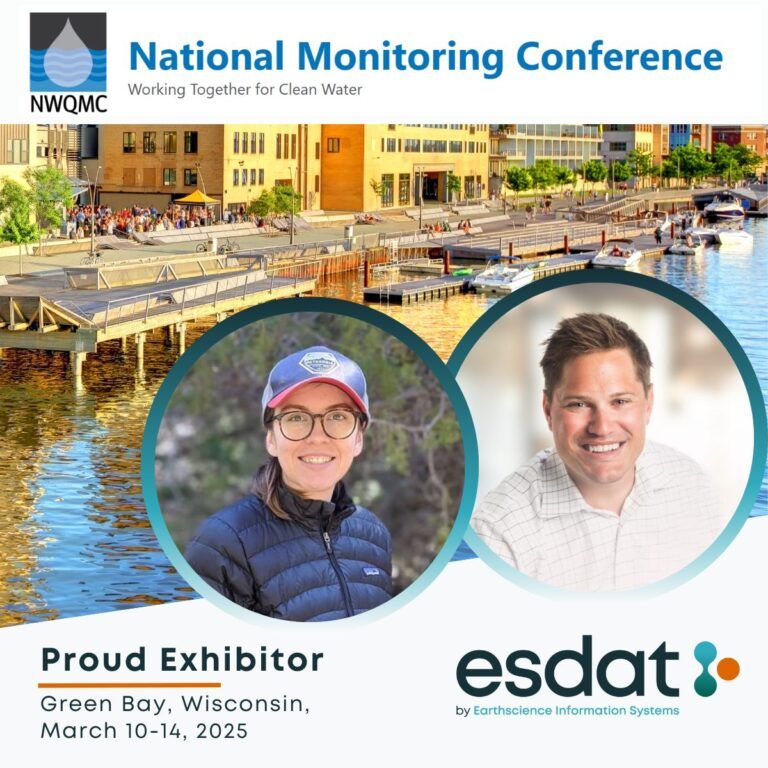The World Health Organization’s (WHO) Guidelines for drinking-water quality (GDWQ) were developed with the primary goal of enforcing protection on human health concerning the quality of drinking water. Consequently, it ensures public health is considered during the formulation and implementation of regional and national drinking-water actions and policies. Other objectives include:
- Providing a risk management framework and hazard identification.
- Highlighting the impact of health contaminants on human health.
- Suggesting measures for the effective management of drinking water.
WHO’s Guidelines for drinking-water quality have been published under four editions; 1983-84, 1993-97, 2004 and 2011. Therefore, the original publications undergo revisions to add emerging information and expert views on various aspects regarding drinking water. The 4th edition done in 2011 was spearheaded by the Water, Sanitation, Hygiene and Health Unit in collaboration with the Risk Assessment and Management Unit and the Chemical Safety Unit, which provided guidelines on chemical hazards, and the Radiation Programme, which provided guidelines on radiological hazards. These units collaborated with the Member States.
The WHO GDWQ provides directions on the specific guideline values and minimum procedures to be observed regarding drinking water quality. The guidelines also cover microbial hazards, climate change, chemical contaminants, the main chemicals that can affect human health through drinking water, and the role of different stakeholders in promoting drinking-water safety. The major drinking-water chemicals for which recommended values are provided include fluoride, arsenic, lead, barium and chromium. The guidelines apply to health and water regulators and policy-makers. Therefore, it applies to water harvesting, water vending, bulk water supplies, food production and processing, and water packaging. In conclusion, the WHO GDWQ provides a drinking-water management framework that outlines the accepted values and procedures to protect human health.
World Health Organization’s (WHO) Guidelines for drinking-water quality (GDWQ) are now compiled and available in ESdat at https://www.esdat.net/Environmental_Standards.aspx or by synching against our reference system.
World Health Organization’s (WHO) Guidelines for drinking-water quality (GDWQ).
ESdat is a specialist environmental database system; used to validate and import a broad spectrum of Environmental Data and help users analyze and report it.
Environmental Standards. All compiled environmental guidelines and standards are shown on the ESdat website. These are pre-loaded into ESdat Online.

Reference
World Health Organization (2017). Guidelines for drinking-water quality, 4th edition, incorporating the 1st addendum. Retrieved from https://www.who.int/publications/i/item/9789241549950






